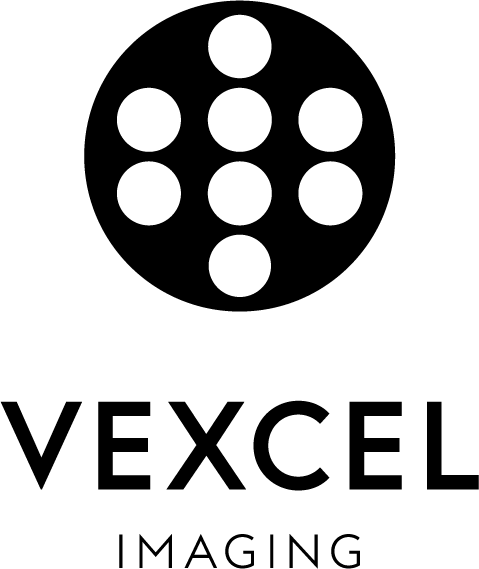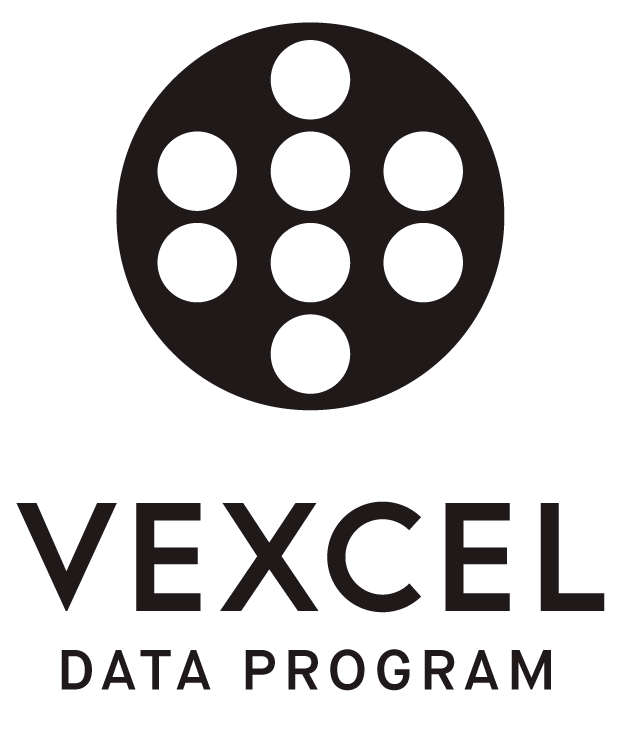Geofit gains unprecedented levels of precision

Located in the northwestern suburbs of Paris, France, Geofit Expert is a mapping and surveying organization that has traditionally served local governmental agencies with 2D aerial orthophotos. To this end, Geofit Expert initially invested in an UltraCam Eagle in 2017. As 3D modeling technologies have improved, population centers have continued to expand over the last two decades, the demand for accurate and photo-realistic 3D models has increased which lead Geofit to acquire an UltraCam Osprey in 2018. “In big metropolitans in France—Paris and Strasbourg, for example—clients are demanding 3D TINs for telecommunications, architectural and urban planning applications, to name a few,” said Thomas Laveille of Geofit Expert.
How has it gone so far?


Producing first-class data begins with best-in-class aerial camera hardware and ends with world-class processing software. For readers not familiar with Vexcel Imaging’s UltraMap workflow, the software consists of “stacked” modules that produce radiometrically-corrected and color-balanced stereo imagery, high-density point clouds, digital surface and terrain models, and 3DTINs from raw UltraCam data. The software can be purchased outright, or the different modules can be used through monthly subscription for “just-in-time” processing.


Lyon, France in high resolution.
Aerial imagery from the city of Lyon, captured by Geofit in 2019 at 4 cm resolution.
The demand for efficiency


Located in the northwestern suburbs of Paris, France, Geofit Expert is a mapping and surveying organization that has traditionally served local governmental agencies with 2D aerial orthophotos. To this end, Geofit Expert initially invested in an UltraCam Eagle in 2017. As 3D modeling technologies have improved, population centers have continued to expand over the last two decades, the demand for accurate and photo-realistic 3D models has increased which lead Geofit to acquire an UltraCam Osprey in 2018. “In big metropolitans in France—Paris and Strasbourg, for example—clients are demanding 3D TINs for telecommunications, architectural and urban planning applications, to name a few,” said Thomas Laveille of Geofit Expert.
How has it gone so far?


Producing first-class data begins with best-in-class aerial camera hardware and ends with world-class processing software. For readers not familiar with Vexcel Imaging’s UltraMap workflow, the software consists of “stacked” modules that produce radiometrically-corrected and color-balanced stereo imagery, high-density point clouds, digital surface and terrain models, and 3DTINs from raw UltraCam data. The software can be purchased outright, or the different modules can be used through monthly subscription for “just-in-time” processing.


Lyon, France in high resolution.
Aerial imagery from the city of Lyon, captured by Geofit in 2019 at 4 cm resolution.






